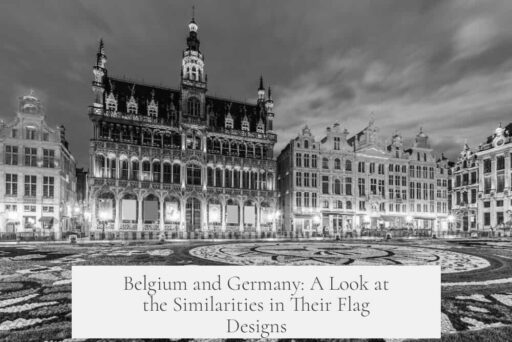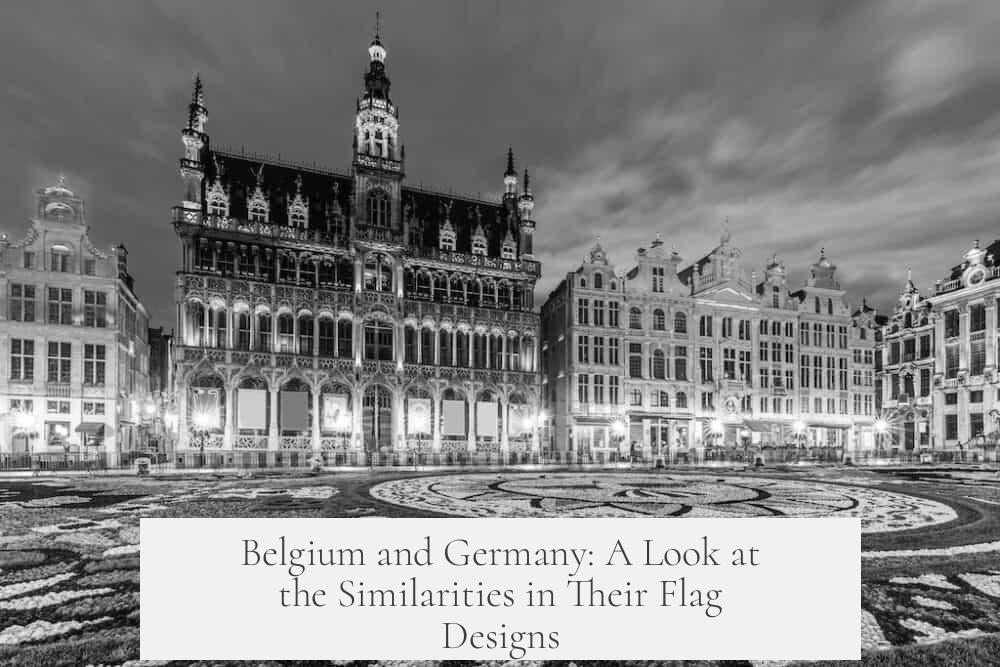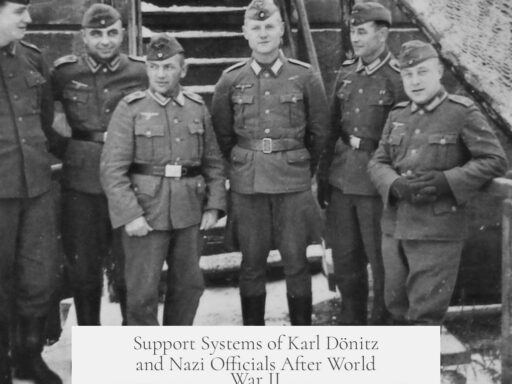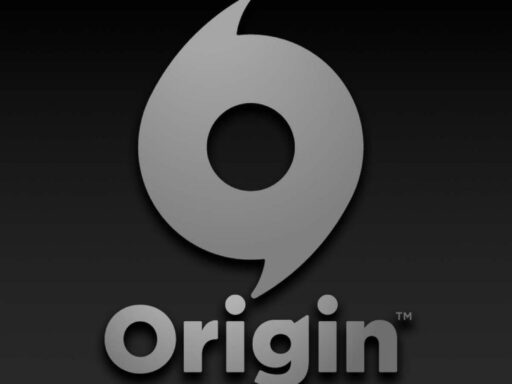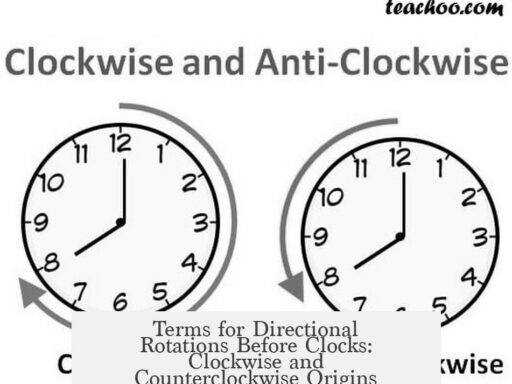The flag of Belgium is similar to the German flag mainly due to the shared use of the three colors black, yellow (gold), and red arranged in vertical stripes. However, this similarity results more from coincidental historical and symbolic factors than a direct relationship between the two flags.
Belgium’s flag colors originate from the Duchy of Brabant, a medieval polity. The black, yellow, and red combination was taken from Brabant’s coat of arms. When Belgium gained independence from Dutch rule in 1830, revolutionaries chose these colors to symbolize their new nation’s strength, unity, and freedom. The vertical tricolor design was likely influenced by the French flag, reflecting the impact of revolutionary and republican ideals prevalent in Europe at the time.
In contrast, Germany’s flag colors — black, red, and gold — stem from a different historical context. These colors trace back to the early 19th century and the Napoleonic Wars. Specifically, they were derived from the uniforms of the Königlich Preußisches Freikorps von Lützow, a volunteer regiment fighting Napoleon’s forces in 1813. Black was the main color of their uniforms, with red and gold details. The German black-red-gold tricolor came to symbolize the nationalist movement seeking to unite the fragmented German states into a republic following the revolution of 1848.
Although both flags share similar colors, their order and meaning differ. Belgium’s flag reads black, yellow, red from left to right, while Germany’s goes black, red, gold. Accordingly, the meanings diverge: Belgium’s colors emphasize independence from foreign dominance, whereas Germany’s colors represent national unity and constitutional aspirations. The German flag reflects the long process of political unification under Prussian leadership, realized with the founding of the German Reich in 1871, and reasserted after World War II.
Both flags were influenced by broader European revolutionary movements and symbolism. The French Revolution popularized the tricolor national flag as a modern symbol of republican order and liberty. Belgian revolutionaries adapted this approach to reinforce their break from Dutch rule. Meanwhile, the German tricolor embodied hopes for a unified, constitutional German nation during and after the failed 1848 revolution conducted at the Paulskirche parliament.
| Aspect | Belgian Flag | German Flag |
|---|---|---|
| Colors (left to right) | Black, Yellow, Red | Black, Red, Gold |
| Origin | Medieval Duchy of Brabant | 19th-century Lützow Freikorps & Napoleonic Wars |
| Symbolism | Independence, unity, strength | National unity, republicanism |
| Design Influence | French Revolution tricolor style | Nationalist aspirations, revolutionary symbol |
| Flag Ratio | 13:15 | 3:5 |
The historical experiences leading to each flag emphasize their distinct narratives. For Belgium, the flag marked a new nation breaking free from Dutch control after 1830. For Germany, the colors represent a unifying aspiration from fragmented German states toward a constitutional republic shaped by the 19th-century nationalist movements.
The flags’ common appearance influenced other national flags. Italy, for example, adopted a vertical tricolor after its unification in the 1860s, inspired partly by these European examples. Many African countries later used vertical tricolors with pan-African colors, following the legacy of tricolor symbolism as a modern emblem of nationhood and independence.
Despite these similarities, the Belgian and German flags are products of different historical moments and ideals. They reflect evolving political and cultural identities of two nations shaped by very different paths—Belgium through regional medieval heraldry and rebellion; Germany through nationalist struggles and the reshaping of a fragmented territory into a unified empire.
- Belgium and Germany both use black, red, and yellow (gold) in vertical tricolor flags.
- Belgian flag colors come from the medieval Duchy of Brabant; German colors originate from 19th-century volunteer soldiers.
- Belgian colors symbolize independence; German colors represent nationalist unity and republicanism.
- French revolutionary ideals influenced both flags’ tricolor designs.
- The flags differ in color order, symbolism, and historical context.
